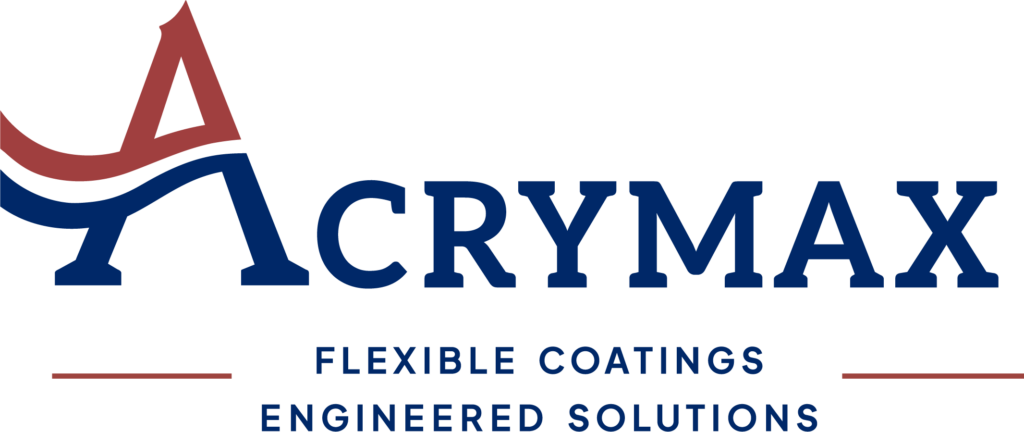If you’re looking for a long-lasting, durable, and flexible wall coating, then elastomeric acrylic wall coatings are the perfect choice. Unlike ordinary wall paints, these coatings are specially designed to expand and contract with the masonry surface they are applied to, making them ideal for areas prone to extreme weather conditions. They can also bridge existing cracks and prevent new ones from forming, providing a smooth and seamless finish. Additionally, elastomeric acrylic wall coatings are resistant to fading, chalking, and mildew, ensuring that your walls look great for years to come. So why settle for ordinary paint when you can enjoy the unique benefits of an Acrymax elastomeric acrylic wall coating?
Understanding the difference between an Elastomeric Coating and a Typical Exterior Paint
Elastomeric wall coatings can provide exceptional weatherproofing performance, long term durability, and an attractive appearance. However, to achieve these desired effects they must be formulated, specified, and applied properly.
Elastomeric coatings are generally higher-volume solids than conventional paints. A typical exterior paint is designed to be applied at 400-450 square feet per gallon to achieve a dry film thickness of approximately 1.5 mils. An elastomeric wall coating on the other hand is designed to be applied at 50 – 65 square feet per gallon to achieve a dry film thickness of from 12 – 15 mils. Quite a difference!
When contemplating the use of an elastomeric coating system you need to consider the costs. Not only are the per gallon costs generally higher than an exterior paint, but the application rates are also up to 8 times the rate of that paint. Add into that the cost of application and you see that an elastomeric wall coating system is significantly more expensive than a typical exterior paint. Elastomeric wall coatings offer exceptional weatherproofing capabilities that a typical paint cannot provide. However, if budget constraints are a concern, you’ll need to weigh the benefits against the cost.
Superior Quality Formulations
Elastomeric coatings formulations tend to be more expensive than traditional paint. The higher cost is due to their unique formulations. All of the ingredients of the coating must be carefully selected to produce a superior quality high performance coating. While elastomeric coatings may come at a higher cost than traditional paint, the investment is justified because these are formulations tailored to withstand extreme weather conditions and to provide long term performance. Choosing a superior quality elastomeric wall coating like Acrymax will pay off in the long run.
Appropriate Specifying
Elastomeric wall coatings are an excellent choice for masonry walls, however proper specification is critical. In general, an elastomeric coating system should be specified to achieve a minimum of 12-15 mils dry film thickness. Thinner films will result in poor crack bridging ability, poor hiding, and poor dirt resistance. A good specification for an elastomeric wall coating system should specify a minimum of two coats but should make clear that the specified final dryfilm thickness must be achieved regardless of the number of coats required to do so. A primer should be included in the specification as necessary. If the elastomeric coating is spray applied, each coat should be backrolled before application of a subsequent coat. Backrolling should be included in the project specifications.
Proper Application
As with any coating system proper surface preparation is crucial for elastomeric coatings. Thorough cleaning, patching, and priming of the substrate must be done to ensure the best performance of the coating system that will be applied. After preparation it is crucial for the applicator to have a thorough understanding of application rates and specialized techniques to achieve specified dry film thickness. Conscientious and knowledgeable applicators are a must if you want to achieve optimal results.
Basic steps for applying an elastomeric acrylic coating system are as follows:
- Properly prepare surfaces to be coated. Power washing is required..
- Prime as necessary. This seals porosity and promotes adhesion. On new surfaces an alkali resistant primer should be used.
- Repair large cracks with appropriate sealant.
- Apply minimum of 2 coats of elastomeric coating to achieve minimum of 12 – 15 mils dry film thickness.
The Bottom Line
Acrymax elastomeric wall coatings provide a protective shield against the harshest elements while at the same time delivering an attractive appearance. Say goodbye to cracks, fading, and moisture damage.


